Concussions are a prevalent and concerning type of brain injury that can occur in various settings, including sports, accidents, or falls. It is important to address this topic and provide valuable information about the nature of concussions, their symptoms, the importance of proper management, and the role of physical therapy in the recovery process. In this blog post, we will explore concussions in detail and highlight the essential steps towards a safe and successful recovery.
What is a Concussion?
A concussion is a mild traumatic brain injury resulting from a sudden jolt, blow, or impact to the head or body, causing the brain to move rapidly within the skull. This movement disrupts normal brain function, leading to various symptoms that may manifest immediately or develop over time. Concussions are not always visible on imaging scans and can occur even without losing consciousness.
Recognizing Concussion Symptoms
Concussion symptoms can vary widely from person to person and may include:
- Physical symptoms:
-
- Headache
- Dizziness or balance problems
- Nausea or vomiting
- Sensitivity to light or noise
- Fatigue or low energy
- Cognitive symptoms:
-
- Confusion or feeling “foggy”
- Difficulty concentrating or remembering
- Slowed thinking or processing information
- Emotional symptoms:
-
- Irritability or mood swings
- Anxiety or depression
- Sadness or emotional instability
- Sleep disturbances:
-
- Insomnia or difficulty falling asleep
- Excessive sleepiness
- Changes in sleep patterns
Importance of Proper Concussion Management
It is crucial to recognize and promptly manage concussions to ensure a safe and successful recovery. Here are key steps to take:
- Seek Medical Attention:
-
- If a concussion is suspected, immediately seek medical evaluation from a healthcare professional experienced in managing concussions.
- A comprehensive assessment can help determine the severity of the concussion and guide appropriate management strategies.
- Physical and Cognitive Rest:
-
- In the initial stages of recovery, it’s important to prioritize rest to allow the brain to heal.
- Physical and cognitive activities that exacerbate symptoms should be limited, including sports, screen time, reading, or mentally demanding tasks.
- Gradual Return to Activity:
-
- Once symptoms subside and with medical clearance, a stepwise progression should be followed to reintroduce physical and cognitive activities.
- Gradually increasing activity levels allows the brain to adapt and reduces the risk of symptom recurrence.
- Individualized Rehabilitation:
-
- Physical therapy plays a crucial role in the rehabilitation process, particularly for persistent symptoms or when there are balance and coordination deficits.
- A skilled physical therapist will assess the individual’s specific impairments and develop a customized rehabilitation program that may include exercises to improve balance, coordination, visual tracking, and gradual return to sport-specific activities.
- Education and Support:
-
- Providing education and support to individuals and their families is essential for understanding concussion management, recognizing symptoms, and implementing appropriate strategies during the recovery process.
- Emphasize the importance of open communication, reporting symptoms, and adhering to medical recommendations.
Concussions are serious injuries that require proper recognition, management, and rehabilitation. Timely medical evaluation, rest, gradual return to activity, and individualized physical therapy intervention are key components of a successful recovery. By taking the necessary precautions and working closely with healthcare professionals, individuals can minimize the potential long-term effects of concussions and safely return to their daily activities and sports. Remember, a cautious and comprehensive approach to concussion management is vital for promoting both short-term recovery and long-term brain health.

